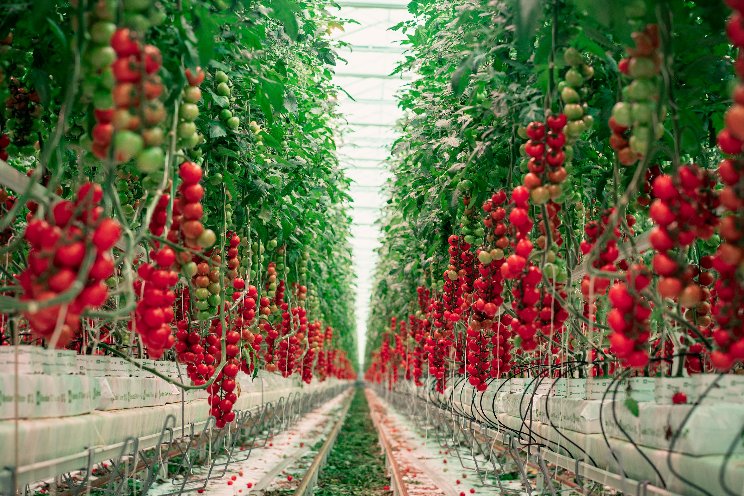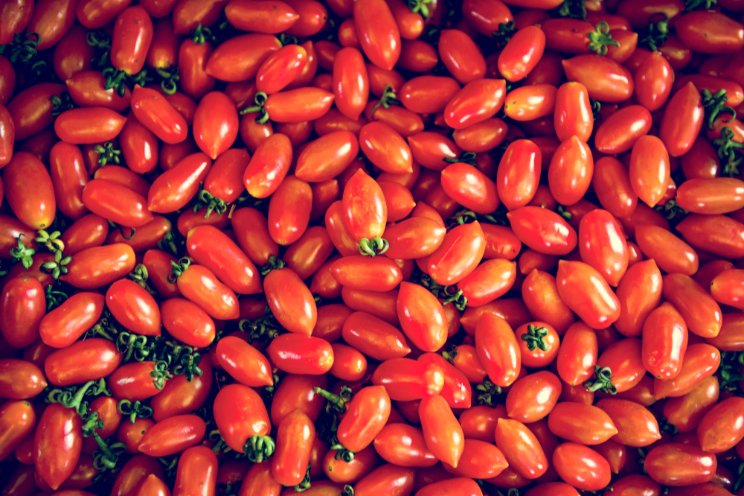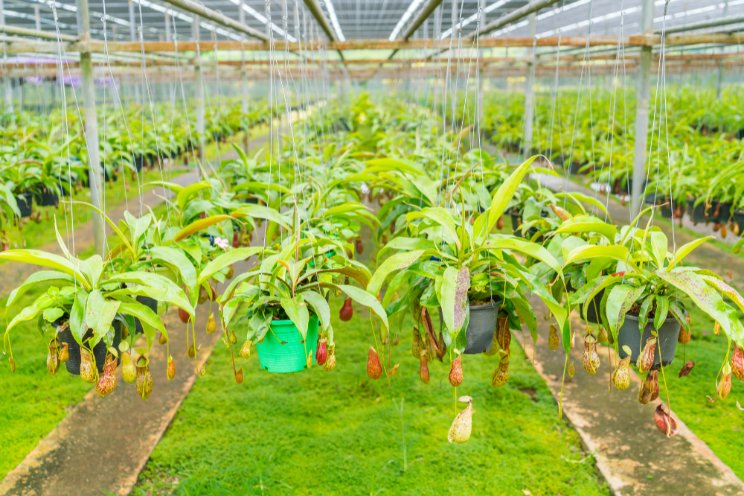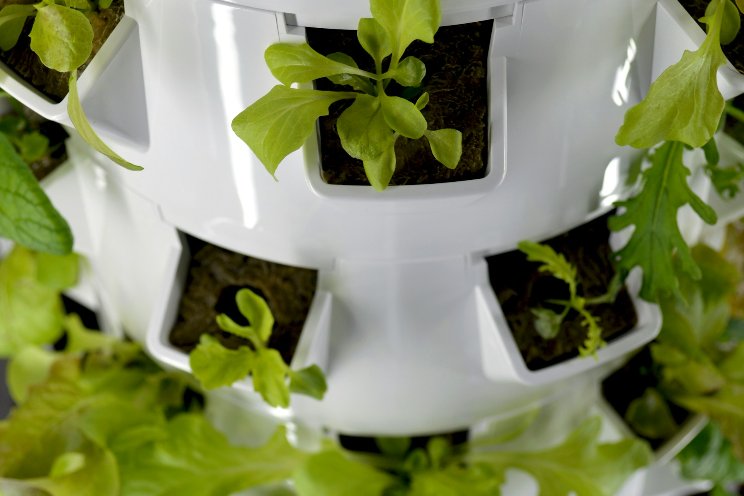Watch out for tomato plants sold for the English market
Added on 23 February 2022
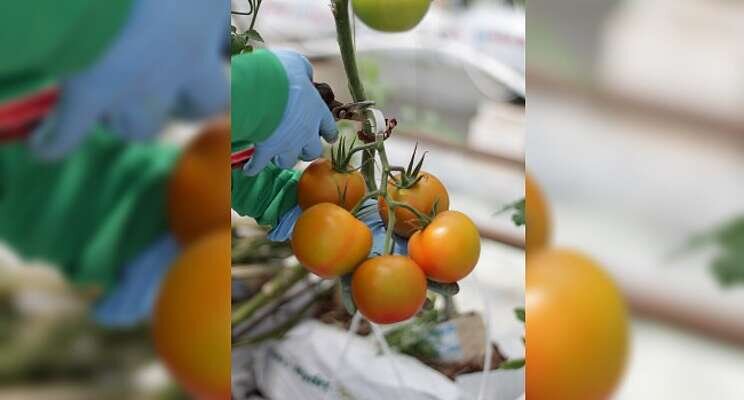
Do you want seed or plants? Although there's usually a wider range of veg seed than plants, this doesn't apply to mail order tomatoes because they're so popular.
Although garden centres carry fewer plant varieties, you'll see exactly what you're buying and can choose the healthiest-looking specimens.
Decide which type of tomato you'd like: a small cherry type, a bush variety usually reaching around 45cm, a larger cordon, or a cordon producing beefsteak fruits.
With plants, you may prefer one that's been grafted on to a more robust rootstock.
It's claimed the rootstock protects against some soil-borne diseases, ripens more quickly and have a larger harvest. But they are much more expensive.
The smaller the plant, the faster it fruits, so I can't resist a couple of Tumbling Toms in the greenhouse, strategically placed for a June nibble as we pass.
Bush tomatoes take 2-3 weeks longer, but at 200m I find they're perfect for a polytunnel: they crop generously for weeks even though the growing season is a bit shorter than in a greenhouse. This also makes bush varieties a good option for outdoors.
All bush tomatoes are 'determinate', they have a limited life cycle, while cordons are 'indeterminate' and simply keep going till the frosts kill them.
In a heated greenhouse, you can even have a Christmas tomato salad, as I have sometimes done.
Sadly, without the strong ripening sun, they become pretty tasteless to eat!
Because cordon plants and fruits are larger, they ripen 2-3 weeks after bush ones and need the cosier comfort of a greenhouse or a warm, sunny south-facing neuk outdoors. Beefsteak tomatoes are of course, much larger and few places in Scotland have a long enough season to ripen them.
Tomatoes are quite slow-growing, so if using seed, sow over the next week or two.
Although the plants are pretty robust, they do need steady warmth, ideally 15, but anywhere between 10 and 20 would do, so for best results, you'll need a a propagator in a greenhouse.
Click here to read more.
Photo by Fernanda Martinez on Unsplash
Source: Yahoo News
More news










